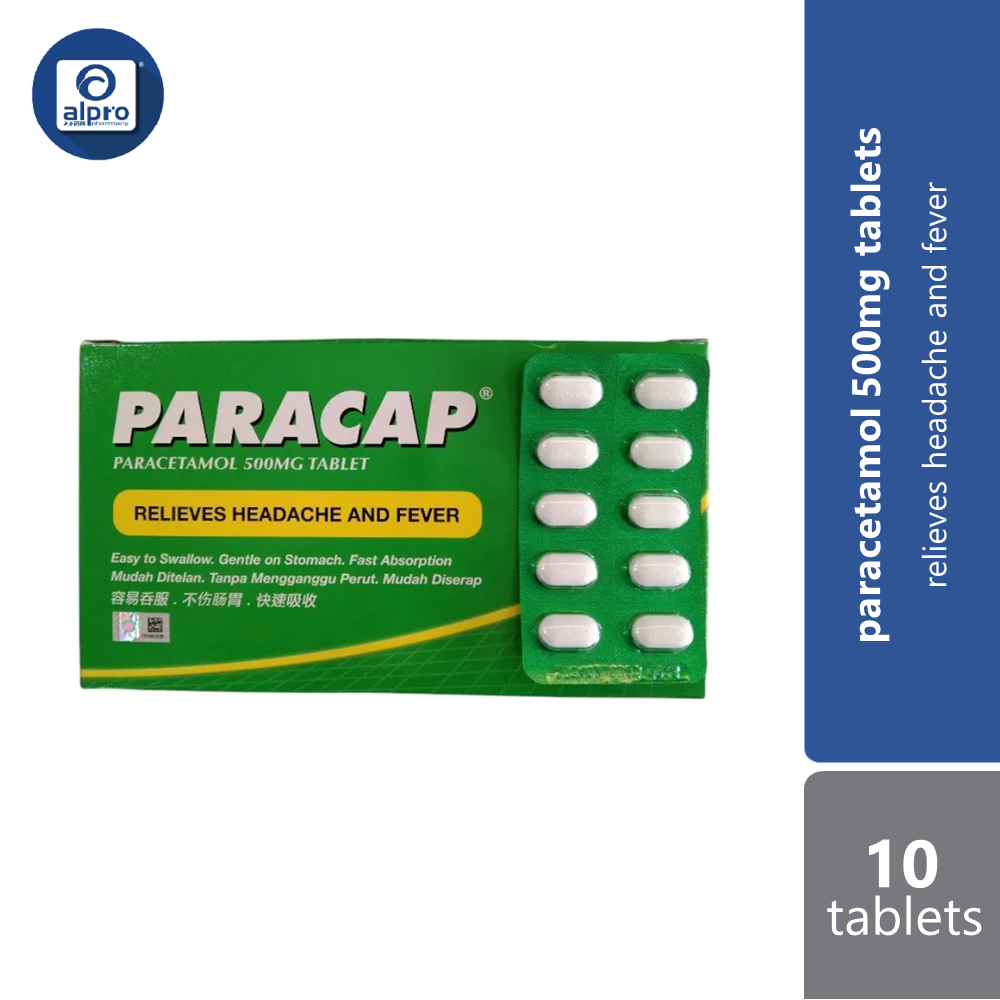Product Details
Action
Pharmacology: Pharmacodynamics: Paracetamol is a centrally acting analgesic and antipyretic with minimal anti-iflammatory properties.
Analgesic: The mechanism of analgesic action has not been fully determined. Paracetamol may act predominantly by inhibiting prostaglandin synthesis in the central nervous system (specifically cyclooxygenase (COX)-2) and, to a lesser extent, through a peripheral action by blocking pain-impulse generation.
The peripheral action may also be due to inhibition of prostaglandin synthesis or to inhibition of the synthesis or actions of other substances that sensitize pain receptors to mechanical or chemical stimulation.
Antipyretic:
Paracetamol act centrally on the hypothalamic heat-regulating center to produce peripheral vasodilation resulting in increase blood flow through the skin, sweating and heat loss. Paracetamol reduces fever by inhibiting the formulation and release of prostaglandins in the CNS and by inhibiting endogenous pyrogens at the hypothalamic thermoregulator center.
Pharmacokinetics:
Following oral administration paracetamol is rapidly absorbed.
Paracetamol absorption takes place mainly in the small intestine and therefore the rate of absorption is depending on the rate of gastric emptying. It has been shown that drugs which delay gastric emptying also delay the absorption of paracetamol whereas metoclopramide (a drug which increases the rate of gastric emptying) accelerates absorption of the analgesic through the total amount absorbed doses not increase.
The presence of food in the stomach has also been reported to reduce the rate of absorption of paracetamol. Alterations in gastric pH have no appreciable effect on paracetamol absorption. During absorption, the amount of paracetamol which is inactivated is negligible and it has been shown that pracetamol does not affect gastric mucosal permeability and does not produce mucosal bleeding.
Peak plasma concentrations are reached 1 hour after absorption. The plasma half life is 1 to 3 hours.
Paracetamol penetrates the brain and is present in breast milk of human.
Paracetamol is metabolized by the microsomal enzyme system of the liver. This metabolism is mainly to the glucuronide and sulphate conjugates, accounting for approximately 49% and 26% of the ingested dose respectively. About 4% is excreted as free paracetamol. Other minor pathways include the production of cathecol derivatives and cysteine conjugates (via glutathione). Paracetamol excretion is rapid and occurs via the urine.
Use Method: For relief of fever and pain. For children aged 1 to 6 years. Give in 6 hourly intervals; not more than 4 times a day.
SKU: L53711
Product Registration: MAL20014030X
- Choosing a selection results in a full page refresh.
- Opens in a new window.



